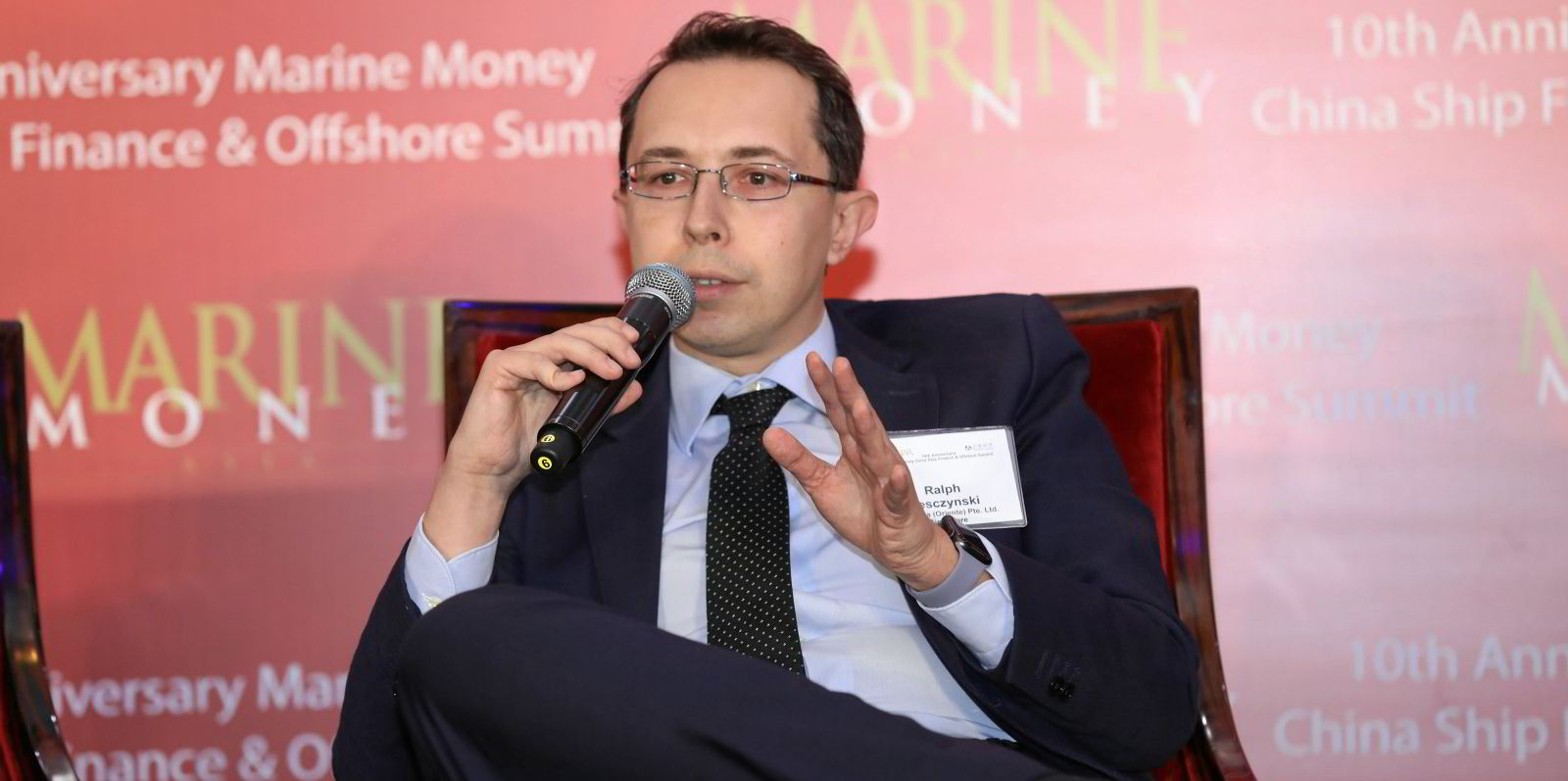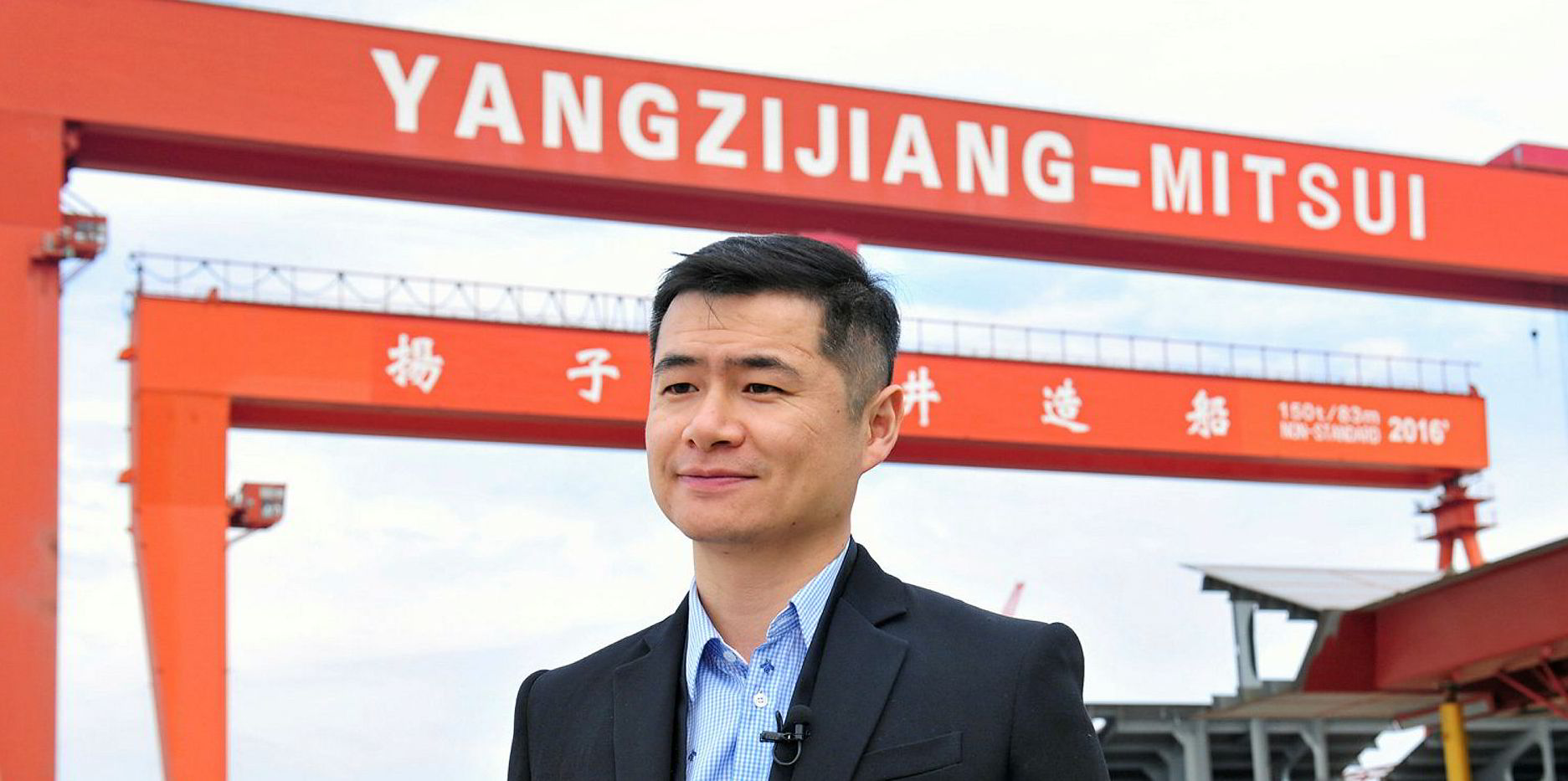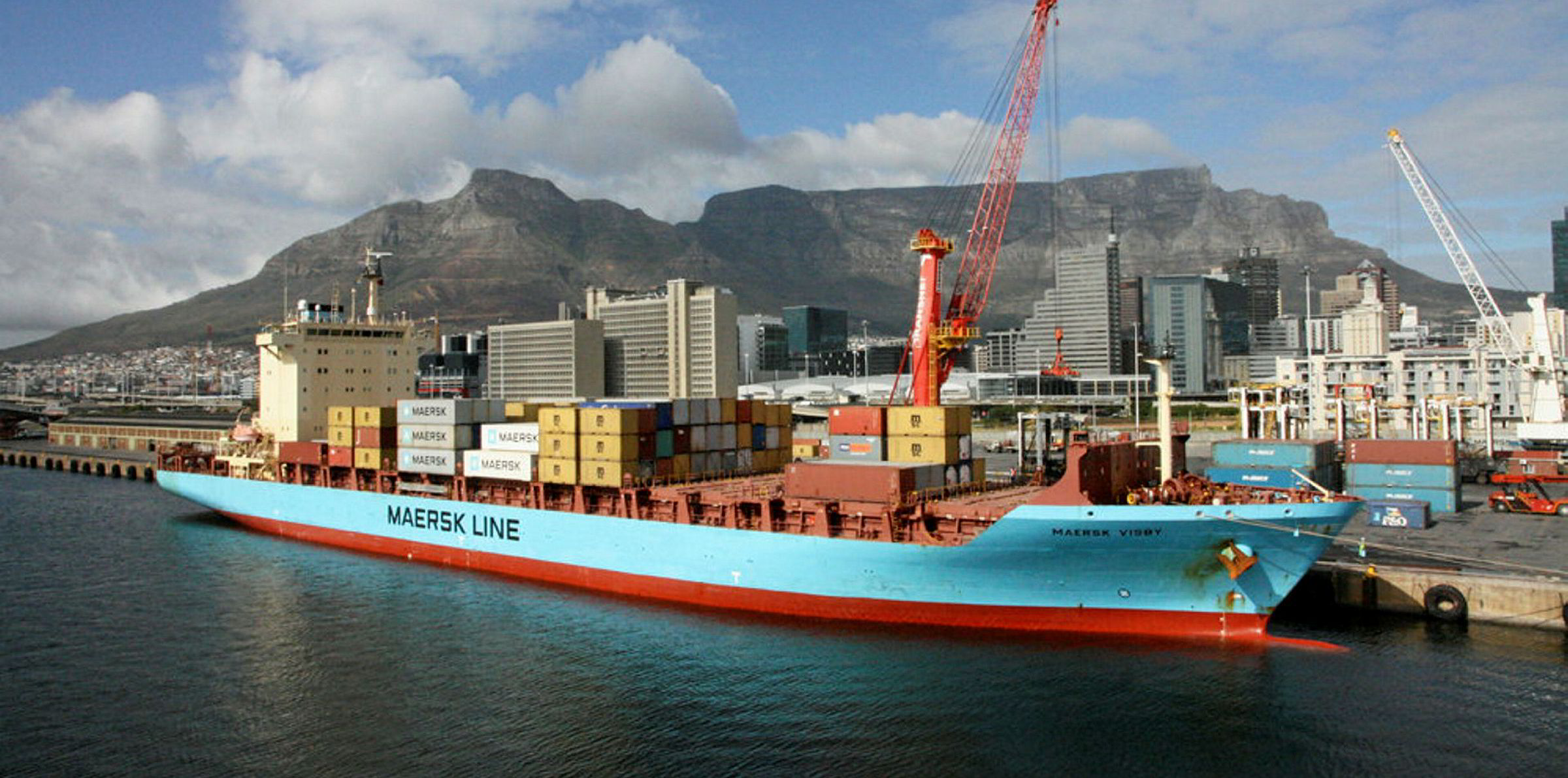China’s Yangzijiang Shipbuilding is adding two kamsarmax bulker newbuildings to its order backlog as Japanese owner Lepta Shipping continues to grow its fleet.
The privately owned shipbuilder is said to have bagged an order for a pair of 82,000-dwt bulkers from Lepta, the joint venture between Japanese shipowner Nissen Kaiun and trading house Mitsui & Co.
Officials at Yangzijiang declined to comment on the shipyard’s newbuilding activities, citing contract confidentiality. Nissen, which is Japan’s largest tonnage provider, also declined to comment.
Shipbuilding players said this is the second kamsarmax bulker contract that Lepta has signed with Yangzijiang this year. The first deal was done in September, when the shipowner also booked two vessels.
The price for the latest bulker order is not disclosed.
Yangzijiang is slated to deliver the first two vessels in the third quarter of 2021, and the second pair between late 2021 and early 2022.
The deals come amid slow newbuilding activity at the yard.
Data from Banchero Costa shows only 19 bulkers of between 65,000 dwt and 85,000 dwt were ordered during the first 10 months of 2020, compared with last year’s 48 vessels.
Ralph Leszczynski, Banchero Costa’s head of research, reckons the drop in bulkers being ordered this year is due to the spread between newbuilding prices and secondhand prices.

“Secondhand prices have come down quite a lot this year, in line with relatively low spot market rates (especially in the first half of the year) and as many owners are forced to cash in on their vessels as they struggle financially,” he said.
“Newbuilding prices did not go down by as much, as yards are unwilling to bring prices below their costs, and steel prices have actually been pretty robust, so costs are not any lower.
“As a consequence, this year we have seen pretty brisk activity in the secondhand market and people steering clear of shipyards.”
Leszczynski said uncertainty about regulations and fuels is also keeping orders low.
The kamsarmax bulkers are not the only newbuildings that Lepta has ordered at Yangzijiang this year. Two weeks ago, it signed up for a capesize bulker and up to 10 containership newbuildings at the Jiangsu shipyard for delivery between the end of 2022 and 2023 against charter contracts.
The boxship deal involved five firm 3,500-teu ships, with options for five more vessels. Lepta is said to have ordered the geared containership newbuildings on the back of charter contracts from AP Moller-Maersk. The Danish liner giant has chartered the vessels for five years, with options to extend.
Lepta was reported to be paying $39.6m apiece for the containerships, which will also have 700 reefer plugs.
As for the 180,000-dwt bulker newbuilding, the capesize is fixed out long-term to a company known as Global Chartering.
According to Clarksons’ Shipping Intelligence Network, Lepta owns an LNG carrier, eight kamsarmax bulkers, four MRs and four 1,952-teu feeder containerships.
The online database also lists Lepta with three 50,000-dwt MR tankers on order at Samsung Heavy Industries in South Korea and a 49,400-dwt product carrier at Onomichi Dockyard in Japan.






